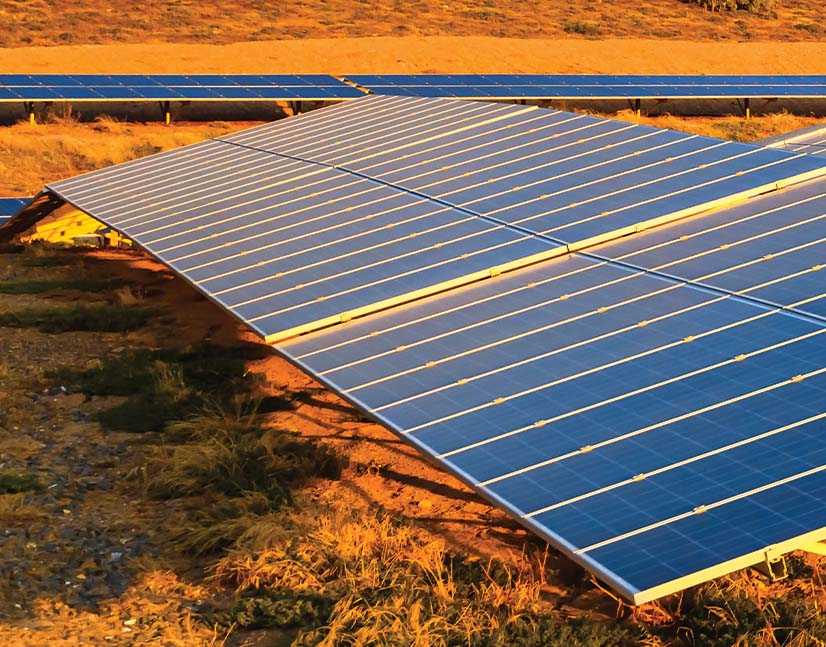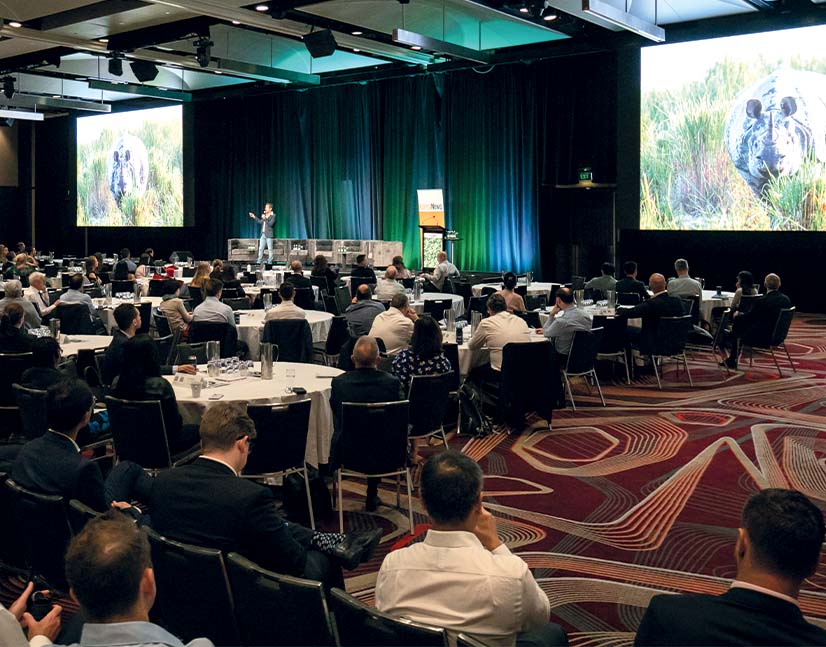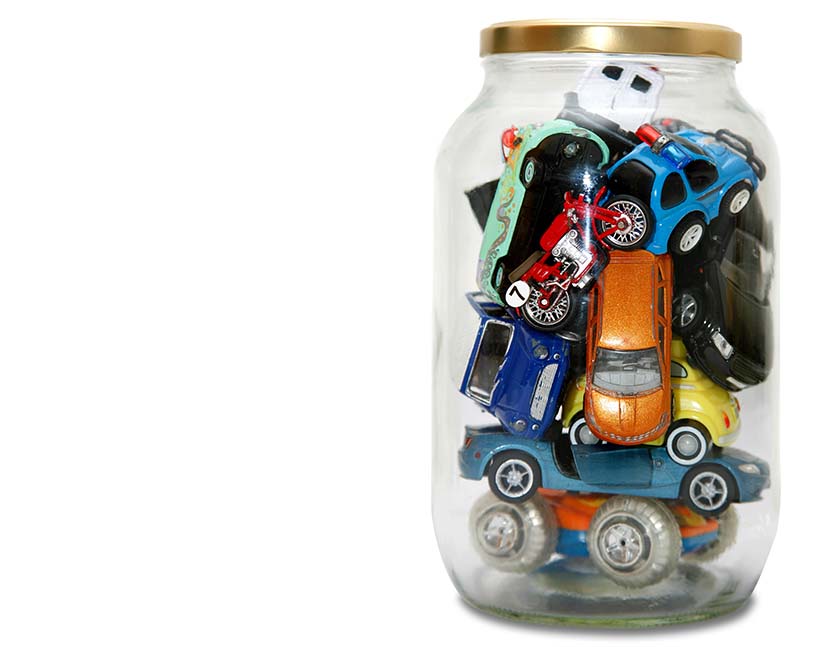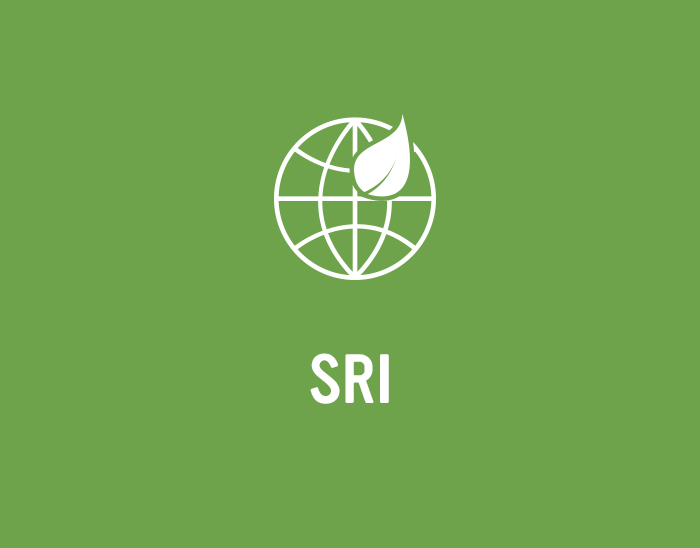
Time to take biodiversity seriously
Collapsing biodiversity and climate change are intrinsically linked. But climate change alone has been the traditional focus of sustainabile finance. Things are evolving, however, with growing recognition of biodiversity’s importance and the need for capital to take it into account.
Kathryn Lee Senior Staff Writer KANGANEWS
The species with furthest and hardest to fall if biodiversity continues to deteriorate as a result of climate change is humanity, Carolyn Hogg, co-lead of the wildlife genomics group at the University of Sydney told delegates at the KangaNews Sustainable Debt Summit in Sydney in March.
Hogg, whose work includes sequencing the DNA of living organisms such as the Bawbaw frog – a species that a team of biologists from Zoos Victoria wase able to rescue before the Australian “black summer” bushfires in 2019-20 that wiped out its habitat – compared the impact of biodiversity loss to a game of Jenga.
Hogg commented: “People ask me: ‘Does it really matter if we lose a butterfly or lizard? It’s like playing Jenga. Pull out a single block and the tower will still stand but pull out enough blocks and it will start to wobble. The top block in the biodiversity Jenga tower is humanity; we have the furthest and the hardest to fall.”
Biodiversity includes all varieties of life on earth and is a vital component of countless aspects of society. Among other things, it supports food security, nutrition, medicine, and access to clean air and water.
Major ecosystems – the Amazon rainforest and the mangroves that line the Australian coast, for instance – are also historically vast carbon sequestration sites and therefore play an important role in climate resilience.
The loss of this biodiversity therefore accelerates climate change. Due to deforestation, the Amazon absorbs 30 per cent less carbon than it did in the 1990s. The Australian Marine Conservation Society notes that, since European settlement, Australia has lost half its coastal ecosystems – which sequester two to four times more carbon than terrestrial forests – including 25,000 square kilometres of marsh and mangroves and 32,000 square kilometres of seagrass.
Likewise, a 2019 report published by the UN, The State of the World’s Biodiversity for Food and Agriculture, remarks that the “destruction and degradation of habitats, overexploitation [of resources], pollution and other threats” are influencing a decline in the key components of biodiversity needed for food and agriculture.
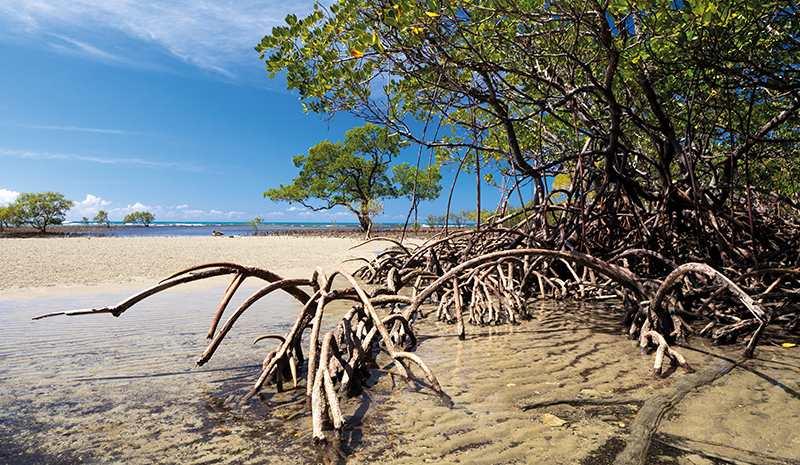

Incredibly complex ecosystems are being destroyed without ever being fully understood. Australia is not close to knowing the full breadth of its biodiversity. According to the Commonwealth Scientific and Industrial Research Organisation, only 25 per cent of Australia’s organisms have been formally identified. The same body estimates that close to 100 species of Australian organisms have gone extinct since European settlement – and it acknowledges that it is very likely that further extinctions have gone unnoticed.
“We talk about biodiversity all the time in Australia, but we actually have no idea how many species we have,” Hogg said at the KangaNews conference. “Sometimes we go into areas to do research and find the last of a species just before it is lost. This story is repeated time and time again. In the research sector, we are like hamsters on a treadmill: discovery cannot keep up with loss, because the rate of loss is now much higher than discovery.”
FINANCIAL STAKE
Financial markets relate to most aspects of society and are not exempt from the impacts that stem from declining biodiversity. Just as business profits from the natural world, it is also beginning to grapple with the effects biodiversity loss will have on its financial outcomes as natural capital degrades.
Heechung Sung, head of natural capital at the Clean Energy Finance Corporation (CEFC) in Sydney, told delegates at the KangaNews conference: “The world is facing a lot of headwinds. Some of them, like inflation or geopolitical risk, are short-term and others, like the banking crisis, can be addressed by regulation. But climate change and biodiversity are long-term issues that do not have simple solutions. They require a real step-change in the way we assess and prioritise the risks that face the finance industry.”
Also at the KangaNews conference, Hugh Bromley, sustainable agriculture research manager at BloombergNEF, noted that US$44 trillion of economic activity – almost half the world’s GDP – is highly or moderately dependent on nature and biodiversity. World Bank forecasts that US$2.7 trillion will be lost from the economy by the end of the decade without dramatic intervention. “We are talking about losing at least 2.3 per cent of global GDP by 2030,” Bromley added.
However, if the finance sector can funnel investment into the right areas, it might not be a loss the economy needs to accept. According to Bromley, there is a venture capital multiplier at play and by investing US$1 trillion in biodiversity it is possible to get US$3 trillion back in saved GDP.
Who will fund this requirement is unclear, though. “About 80 per cent of the dollars going into biodiversity preservation at the moment comes from government, but this is not going to be scalable,” Bromley told the audience. “It has to be the private sector that bridges the gap. Currently, US$166 billion per year is put into programmes or financial instruments that preserve biodiversity. We need to get this figure to US$1 trillion per year by 2030. This is equivalent to what is being spent on the decarbonisation of the energy sector today.”
There are also other headwinds to consider. For example, Bromley said climate change investment needs to increase by a similar multiple, to US$6.7 trillion by 2030.
Assessing and prioritising risk is complex. To attract the investment needed, companies will have to identify their nature-related risks and work to mitigate them. Equally, investors will need to become comfortable with new investable opportunities and with incorporating biodiversity outcomes in their processes.
There are tools to help. The Taskforce on Nature-related Financial Disclosures (TNFD) released its final beta framework in March this year and plans to publish the final version in September. Modelled on the Taskforce for Climate-Related Financial Disclosures, it aims to set out a way for companies to identify, understand, assess and report on nature-related risk.
“I believe there is a fungible unit coming down the pipeline that could be investable. Once it is prosecuted internationally and there is agreement, it could be a useful tool to invest in systemic loss and repair ecosystems – not as an offset, but as an absolute contribution toward a positive future.”
At the KangaNews conference, Jane Hutchinson, co-chief executive at the Pollination Foundation, discussed the advantage a tool like the TNFD will give businesses and investors.
“There are two things to think about in the context of nature risk: impact and dependencies,” she said. “Impact is the influence the business has on nature. For example, a mining company has a direct impact on nature through its operations and supply chains. Dependencies, on the other hand, are what businesses need from nature. In agriculture, an almond farmer or investment manager who owns almond crops will be highly dependent on water, otherwise crops fail.”
Once these risks are identified, the next step is to set goals and targets. The Science Based Targets initiative (SBTi) is a tool that can help companies to do this. “SBTi has guidance about how to go about setting targets based on the science available and what can be done within a business context,” Hutchinson commented.
MARKET SOLUTIONS
Alongside the need to identify entity-level biodiversity risk sits the goal of making the whole economy work in a complementary way that prevents overall collapse. Hutchinson commented that it is not enough for businesses to focus only on their own supply chains.
“We are at system collapse, and this will have a direct impact on everyone’s business,” Hutchinson said. “In Australia, 19 ecosystems are already collapsing. The Great Barrier Reef is one of them but other examples are the northern savannas in the Northern Territory and the kelp forests in Tasmania. It is important for us to pay attention to this because there are huge financial consequences if these ecosystems collapse. We need to think about physical risk, transition risk and systemic risk.”
However, system-level tools are easier discussed than created. Short of the introduction of wide-scale taxes and levies – which panellists said are a quick-acting but politically challenging lever – biodiversity offset and credit regimes are one of the most frequently discussed tools to help repair the systemic damage that has already occurred and protect remaining biodiversity.
However, what these tools should look like and how they should work – if they work at all – is contentious. For example, the New South Wales (NSW) state government established a biodiversity offset scheme in 2016 that allows developers to clear land in one location in exchange for protecting land in another. However, the scheme has been the subject of considerable criticism since its inception.
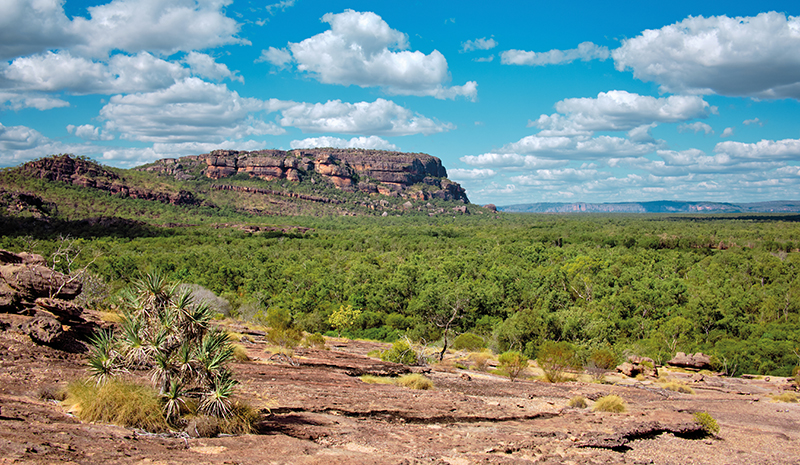
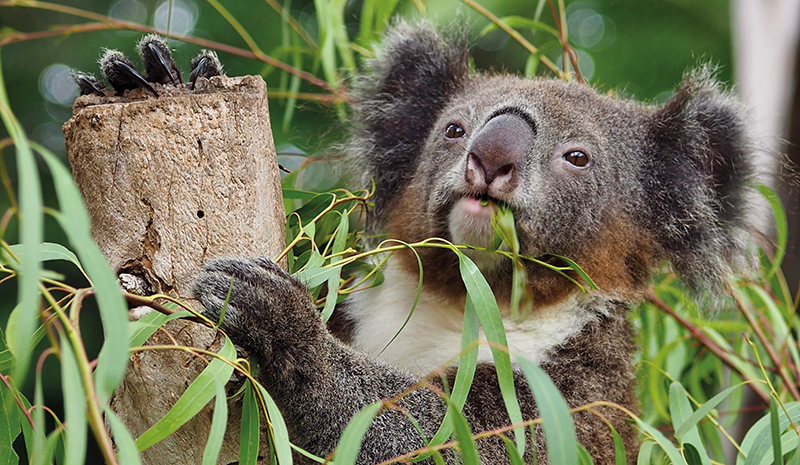
This includes a parliamentary inquiry into its integrity, the report of which was published in November 2022. This found the scheme had “serious flaws” in its design and operation and questioned whether it could “achieve the stated goal of ‘no net loss’ of biodiversity”.
Hogg expressed her own frustrations with the NSW scheme in particular and the whole idea of a reliance on offsetting. “I have an issue with offsetting biodiversity because there is no guarantee in the current offset market that there will be revegetation on a like-for-like basis – there is no requirement to reinvest in a similar habitat in the same area,” she explained. “This is dangerous: it equates to overall biodiversity loss and destroyed ecosystems – which are critically important to maintain stability in the system.”
Even so, in Australia, offset schemes are also being explored at the federal level. At the end of March, the government introduced the Nature Repair Market Bill into parliament. At the time, Tanya Plibersek, Australia’s minister for environment and water, said the purpose of the bill is to establish the “machinery needed for a nature repair market” and to add private money to existing government investment.
Hutchinson agrees there are technical issues with offset schemes but told delegates at the KangaNews conference there is merit in the idea of a fungible unit. She referred to a September 2022 briefing paper from the World Economic Forum, Biodiversity Credits: Unlocking Financial Markets for Nature-Positive Outcomes as a sound basis to support this development.
“I believe there is a fungible unit coming down the pipeline that could be investable,” Hutchinson suggested. “Once it is prosecuted internationally and there is agreement, it could be a useful tool to invest in systemic loss and repair ecosystems – not as an offset, but as an absolute contribution toward a positive future.”
Bromley, however, believes biodiversity simply does not have the characteristics that can readily be merged into a similar offset model to carbon markets. “There are 200 different biodiversity programmes across 50 countries, more than 20 are traded permit schemes. Whether or not the conversation is about credit schemes or offset schemes, they both have the same fundamental problem: they are not fungible across borders. The idea of a central model is difficult to imagine,” he said.
Instead, Bromley argued, the “carbon inset” model is a better fit for biodiversity. This requires consumers and companies to think about their value chain and how they can drive practices to reduce emissions.
“In future, this could also include greater scrutiny of biodiversity loss and nature preservation,” Bromley explained. “The model works because it creates change from two sides: brands pushing from above to make change and banks pushing through lending practices. So long as there is verification of practices, I think this could create significant change that looks like an offset or credit market but is actually internalised through the value chain.”
On the other hand, Sung is critical of the cost an inset model could pass on to consumers. “I do not disagree with the inset model, but it is important to acknowledge that someone in the supply chain will lose their margin – this is a question everyone needs to get their head around,” she said.
For example, Sung asked whether consumers be willing to pay extra for beef that has been farmed through sustainable practices. “It could be a yes or a no but, either way, the economic model is not easy because someone loses out. The cost needs to be shared throughout the supply chain.”

WOMEN IN CAPITAL MARKETS Yearbook 2023
KangaNews's annual yearbook amplifying female voices in the Australian capital market.







